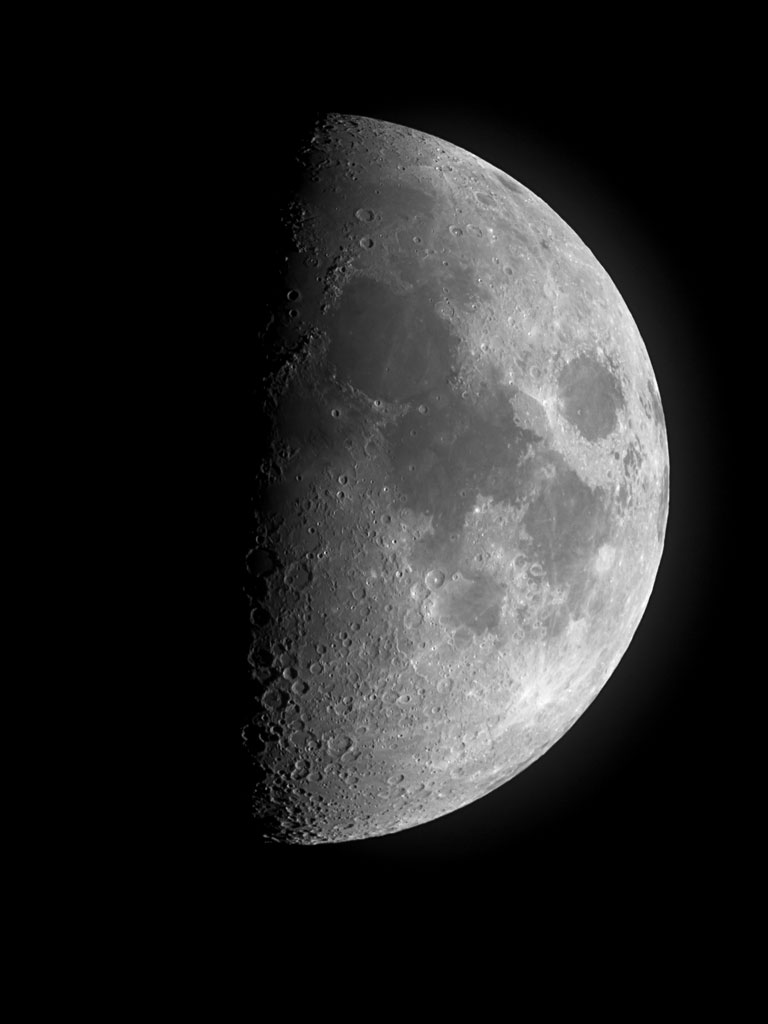f6cvalkyrie
Well-known member
Last night I experimented with the high-resolution mode of my Oly E-M1X and lens Panaleica 100-400/4-6.3 ... for moonshots ... the sky was cristal clear and the temperature was -19°C ...
I've already used it without problems for daily shots, but "moon shots" remained a problem for the time being ... sometimes blurry images and sometimes an error message after the capture ... so doom and gloom ...
Yesterday I mounted the camera on a (not particularly sturdy) tripod, set the high resolution to 'tripod', and dialled in an 8 second delay between pressing the shutter button and the actual shot, to avoid any juddering... so I should get good pictures with a resolution of 80 Mp.
In the RAW processing program CaptureOne v22 I was able to edit the images without any problem. But, the sharpness still leaves something to be desired, in my opinion ... it doesn't look bad, but it's not razor sharp ...
Apart from a better tripod and longer delay, what else could I do better ???
Here's the best view from the session...
I've already used it without problems for daily shots, but "moon shots" remained a problem for the time being ... sometimes blurry images and sometimes an error message after the capture ... so doom and gloom ...
Yesterday I mounted the camera on a (not particularly sturdy) tripod, set the high resolution to 'tripod', and dialled in an 8 second delay between pressing the shutter button and the actual shot, to avoid any juddering... so I should get good pictures with a resolution of 80 Mp.
In the RAW processing program CaptureOne v22 I was able to edit the images without any problem. But, the sharpness still leaves something to be desired, in my opinion ... it doesn't look bad, but it's not razor sharp ...
Apart from a better tripod and longer delay, what else could I do better ???
Here's the best view from the session...




